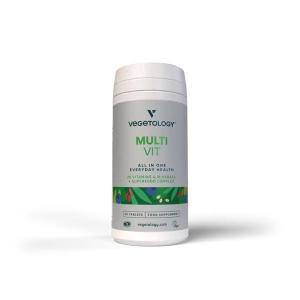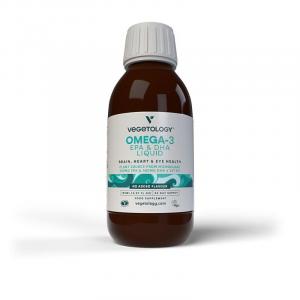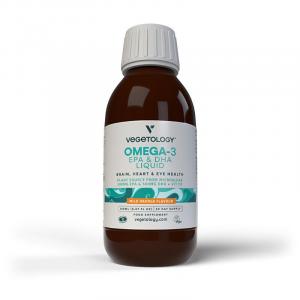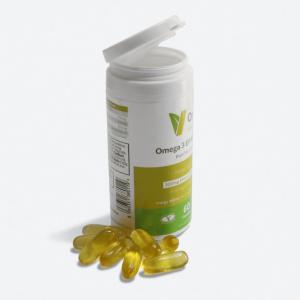
Improve your health with grass-fed protein and discover its benefits
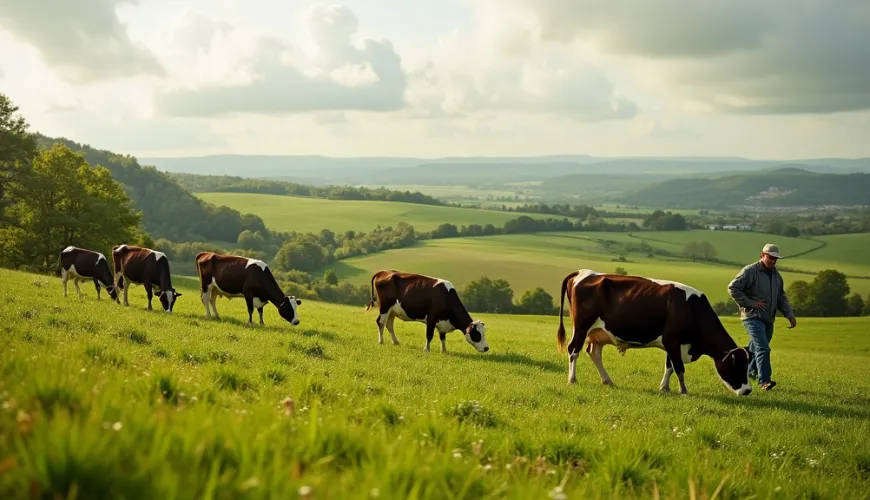
Why Choose Whey Protein from Grass-Fed Cows and How to Identify a Quality Source
In the ever-evolving market of dietary supplements and sports nutrition, each year brings a new "superfood," a revolutionary protein type, or an innovative ingredient promising miraculous results. One term that has gained popularity in recent years is "grass-fed protein," referring to whey protein sourced from grass-fed cows. But what does this label truly mean, and why does it matter?
As more people become interested in what they consume—not just for health reasons but also for environmental and ethical considerations—"grass-fed" has become an important quality indicator. It's not just a marketing gimmick; it represents a factor with tangible impacts on the nutritional value of the product, its origin, and its environmental footprint.
What "Grass-Fed" Means and Why It Matters How Cows Are Fed
The term "grass-fed" describes the feeding practice of cows that consume primarily fresh pasture and dried grasses throughout their lives, rather than grains, corn, or artificial feeds. Ideally, these cows spend their entire lives on pastures, moving freely and consuming a natural diet instead of a calorie-rich but unnatural fattening diet.
This more natural way of farming has several significant consequences. Firstly, it positively affects the nutritional value of milk and the whey derived from it—containing more omega-3 fatty acids, higher CLA (conjugated linoleic acid) content, and antioxidants such as vitamin E. Secondly, it supports a more environmentally friendly form of farming that encourages soil regeneration and biodiversity, reduces water consumption, and avoids the need for monoculture crop production for feed.
Try our natural products
The difference between conventional and grass-fed protein isn't just about where the cow comes from but what it ate during its life and how it was raised.
Whey Protein – The King of Supplements
Whey protein, whether conventional or grass-fed, is one of the most easily absorbed and complete sources of protein available. It contains all nine essential amino acids, is quickly digestible, and supports recovery, muscle growth, and the immune system. It's no surprise that it's one of the most popular supplements among athletes and those with higher protein needs, such as vegans transitioning to vegetarianism, older adults, or those trying to lose weight.
However, quality plays a crucial role here. Not all whey protein is the same. Whey from milk of cows fed with industrially processed feed may be cheaper but contains lower levels of beneficial fats and might be contaminated with antibiotics or hormones. In contrast, whey from grass-fed cows tends to be purer, nutritionally richer, and has a smaller environmental footprint.
What Is the Nutritional Difference?
Studies published in renowned journals like the Journal of Dairy Science have confirmed that milk from grass-fed cows contains up to 50% more omega-3 fatty acids than milk from grain-fed cows. Omega-3s are known for their anti-inflammatory effects, support for heart and brain health, and ability to balance the often-excessive omega-6 intake in our diets. CLA, another critical component, is a fatty acid believed to help reduce body fat and support muscle growth.
Moreover, grass-fed whey protein is often processed using gentle methods such as low-temperature microfiltration, preserving the natural protein structure and bioactive compounds. This is important because overly aggressive processing can destroy some nutritional benefits.
Real Benefits Seen in Practice
Imagine two individuals with the same goal—improving fitness, supporting muscle growth, and supplementing protein intake healthily. Both choose whey protein, but while one opts for a cheap conventional product, the other focuses on quality and selects the grass-fed variant. After several weeks, differences may emerge not only in digestion and post-consumption feelings but also in post-workout recovery, vitality, and overall energy levels. It's similar to the difference between supermarket vegetables and freshly harvested organic carrots from a farmer's market—the difference is in taste, nutrition, and environmental impact.
What to Look for When Choosing Grass-Fed Protein
Given the growing popularity of these products, many brands are jumping on the bandwagon. However, not all adhere to the same standards. To ensure you're purchasing a truly quality and authentic product, watch for several indicators:
- Certifications – such as "Grass-fed Certified," "Organic," or "Non-GMO" can indicate a rigorous approach.
- Milk Origin – ideally from local or European farmers with traceable origins.
- Ingredients – the fewer additives, the better. Avoid artificial sweeteners, colorings, and flavors.
- Processing Method – gentle methods like CFM (cross-flow microfiltration) help preserve protein quality.
Grass-Fed vs. Plant-Based Alternatives
Today, the market also offers many plant-based proteins—pea, hemp, rice, or blends. These can be suitable for vegans, those with allergies, or individuals intolerant to dairy products. However, in terms of biological availability and amino acid content, whey protein still leads. If you opt for plant-based alternatives, choose those that combine multiple sources to cover the full spectrum of essential amino acids.
A quote from nutrition expert RNDr. Kateřina Vítková succinctly captures this trend:
"People are increasingly aware that food quality is not just about calories and macronutrients but also about origins. Grass-fed products represent a return to more natural farming and nutrition, which is reflected in our health."
It's clear that when choosing a protein supplement, the decision shouldn't be based solely on price or flavor. Grass-fed whey protein is not just a trend but a way to support healthier, cleaner, and more sustainable nutrition. Although it may be slightly more expensive, investing in quality is worth it in the long run—not just for your body but also for the planet.
